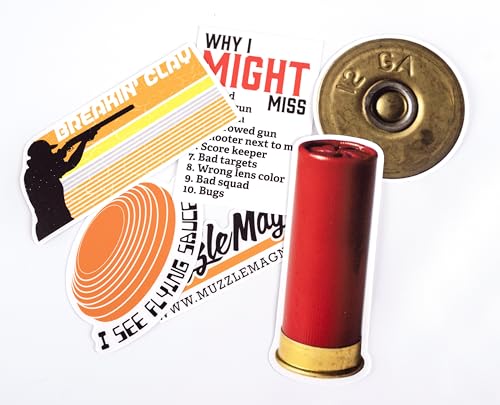This is mostly correct, what is misrepresented is how the forcing cones AND Choke restrictions play a part in the recoil process, BUT are not on their own responsible for recoil. Like I said earlier, all the components of the barrels contribute to how the pressure is allowed to build in order to propel the shot down the barrel at the required velocity, how the shot is forced from the breach into the barrels and how the shot pattern is controlled just before it leaves the barrels.So then, as an engineer by profession I have to work with facts to come to a solution to a particular problem. A Lack of facts means I have to source them via practical and educated means and prove out the end result. This, has already been done for us by the articles provided by Wonko the Sane. I didn't really think that bore size would have played a major part in recoil considering the differences were between 18.4mm and 18.6mm on a typical Perazzi. If bores were to blame then Cylinder choke would have less recoil than full! The explosion within the cartridge will force the walls of a plastic and fibre wad forward and outboard due to the pressure anyway so a good gas seal is attained. Recoil it appears is down to physics and shot velocity. The faster and heavier the shell....the larger the recoil. Using different powders produce dynamically similar results.
So if you want a "Lightening cartridge" to reduce your lead and guarantee a smash of a clay and break it 200 yds out...use 42 gram 3's and feel the pain!!!! Simples!
View attachment 5823
What is being argued is, does bore, forcing cones, barrel length and choke restrictions affect recoil? Without a doubt they will have an impact on felt recoil, which is really the only thing we as shooters care about, if anything can be done that reduces felt recoil then go for it.

































